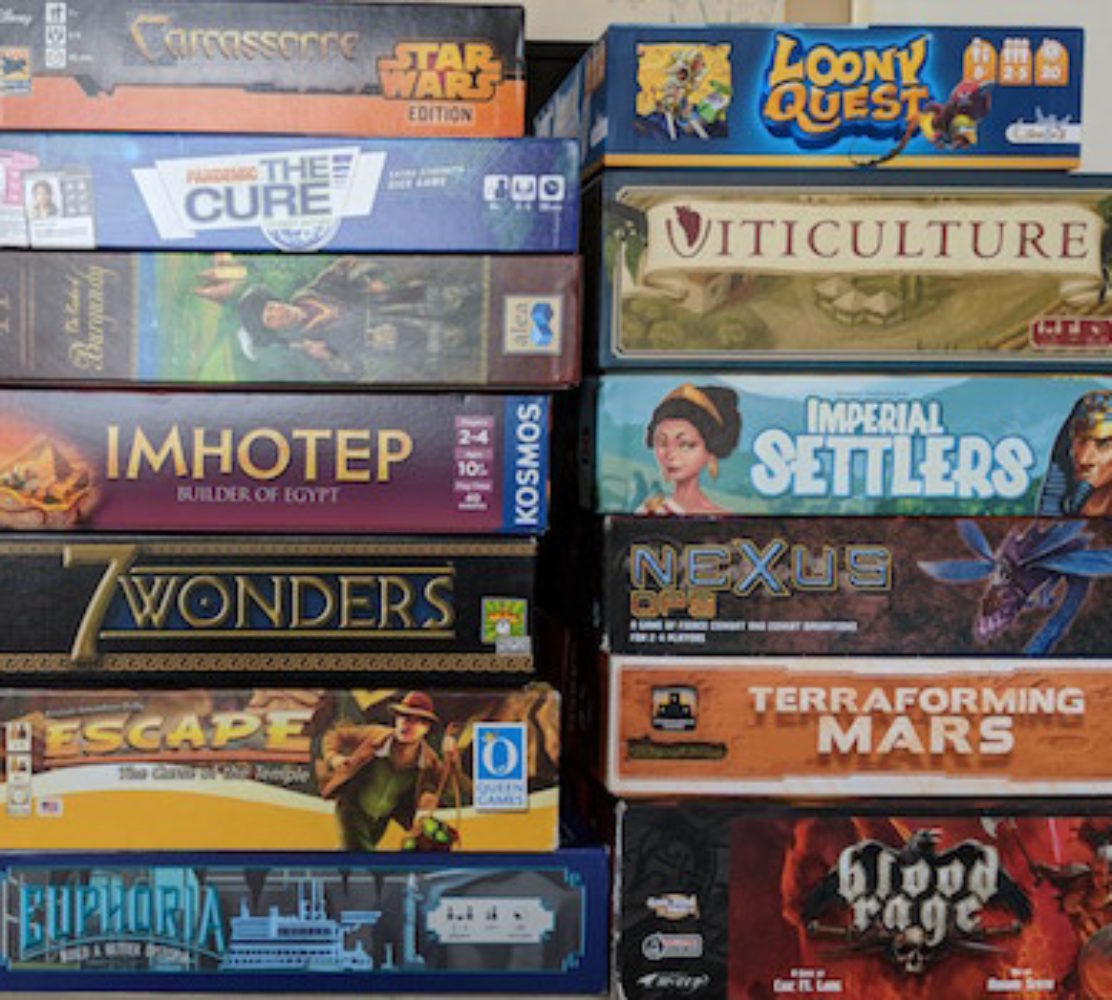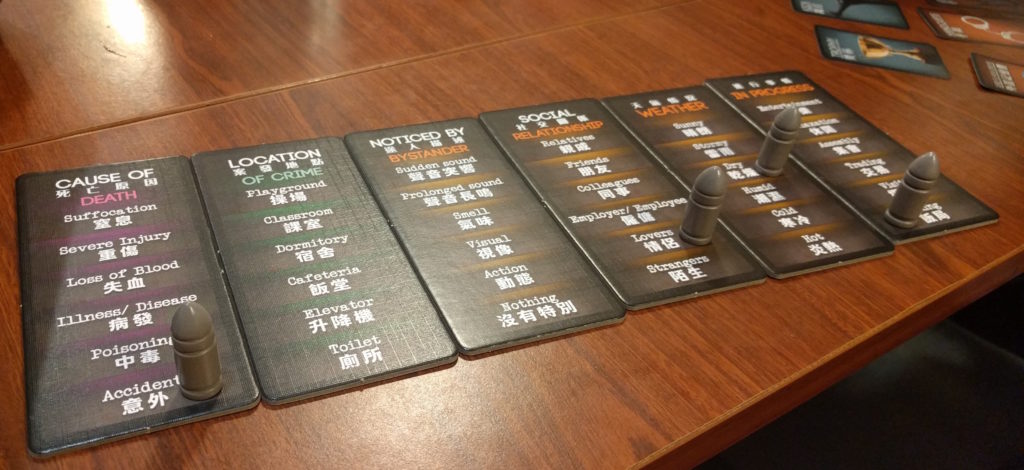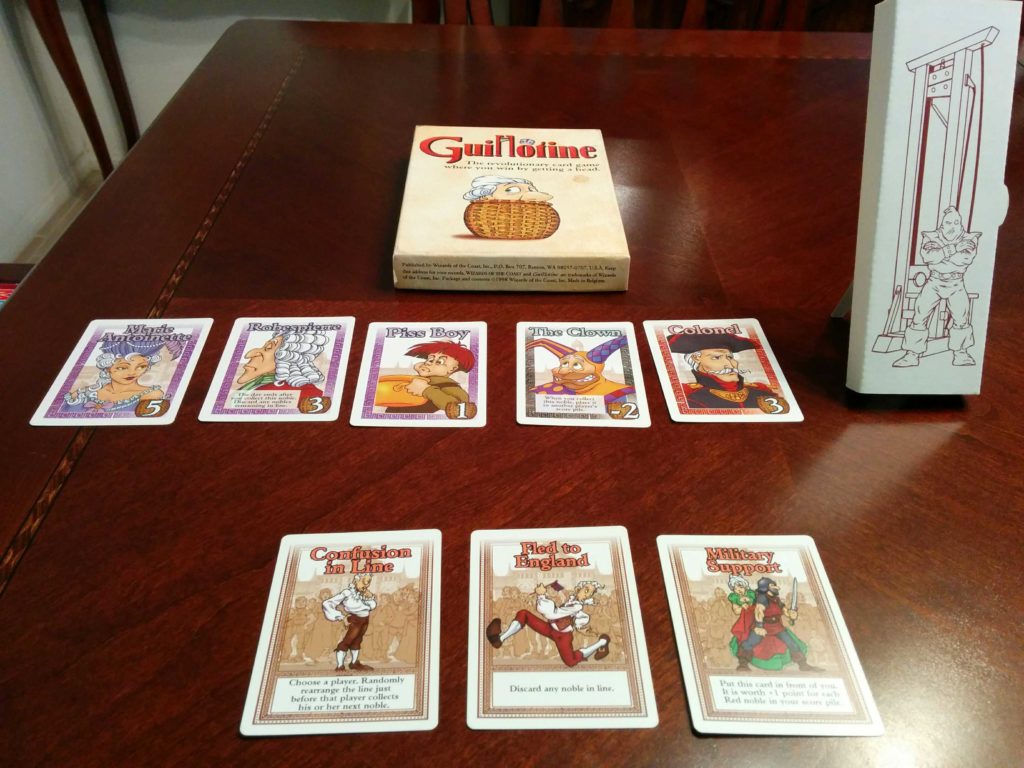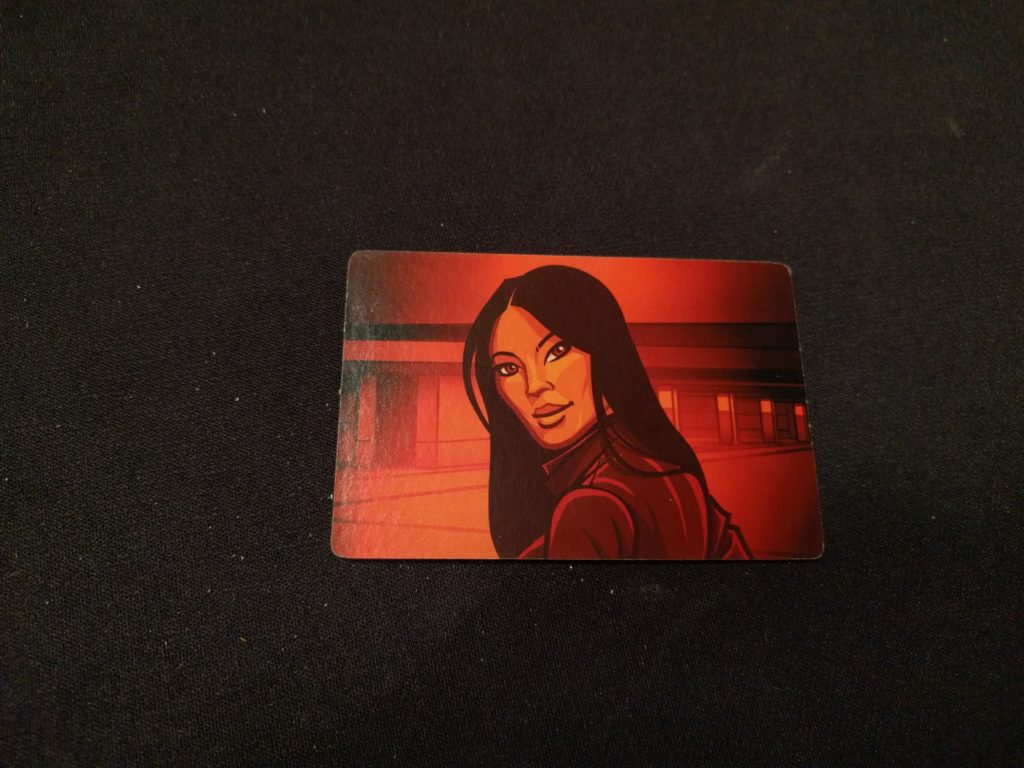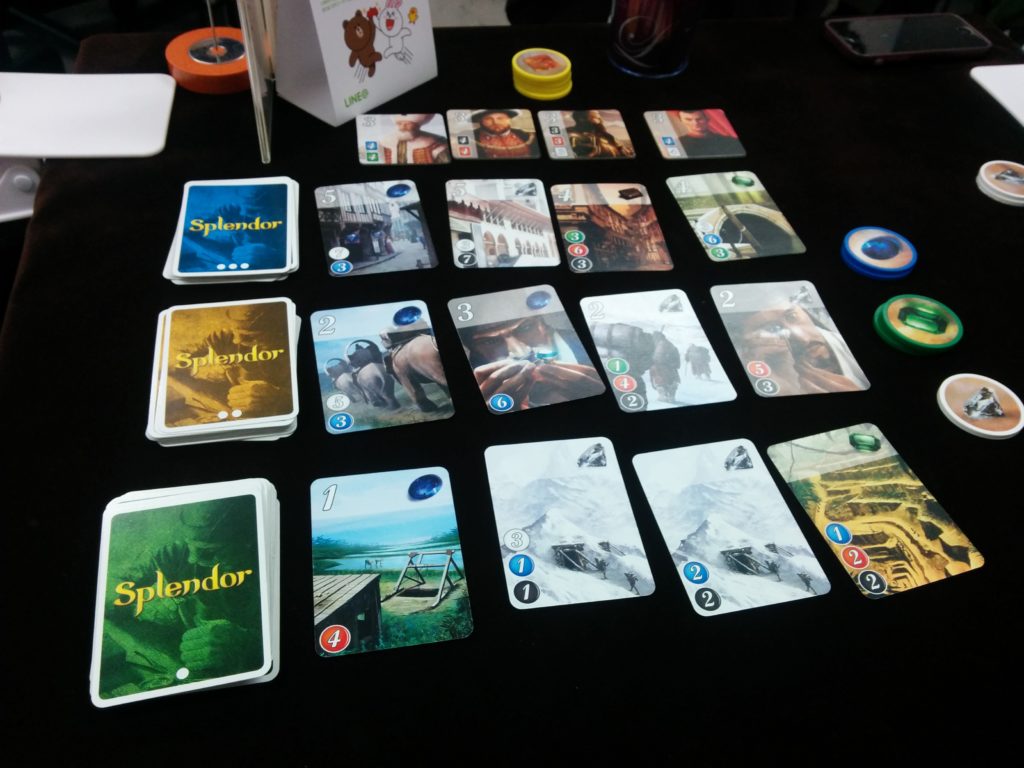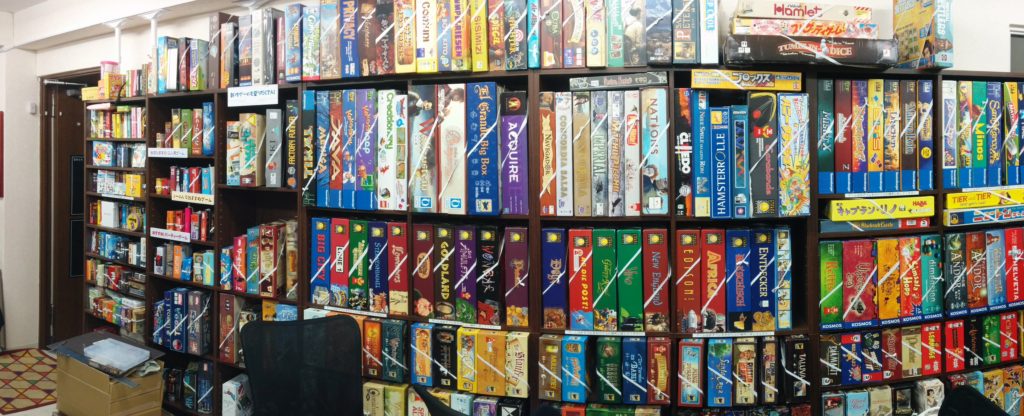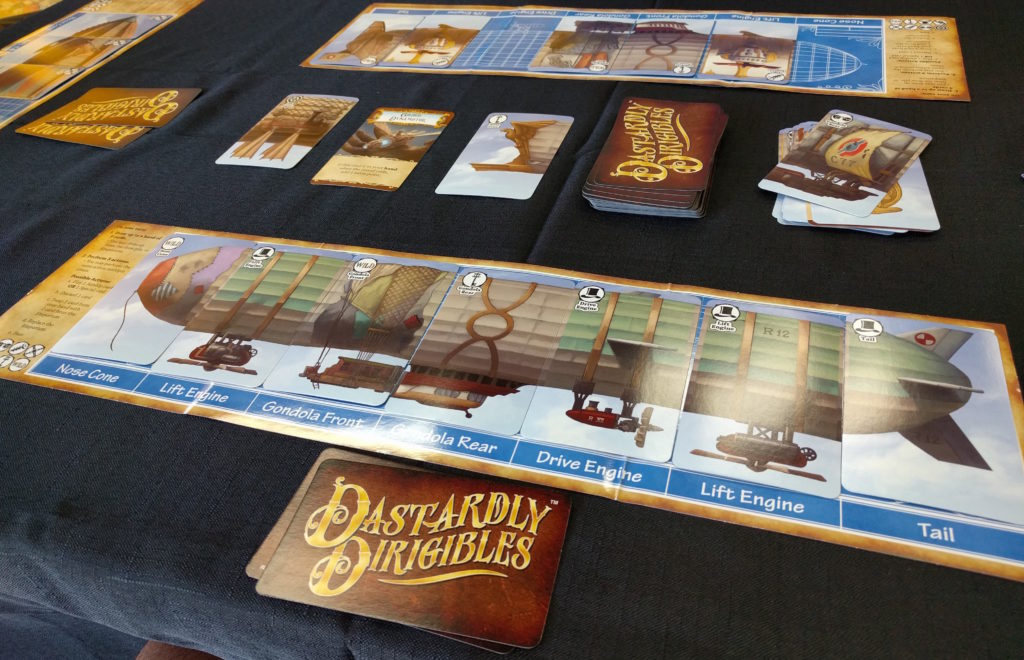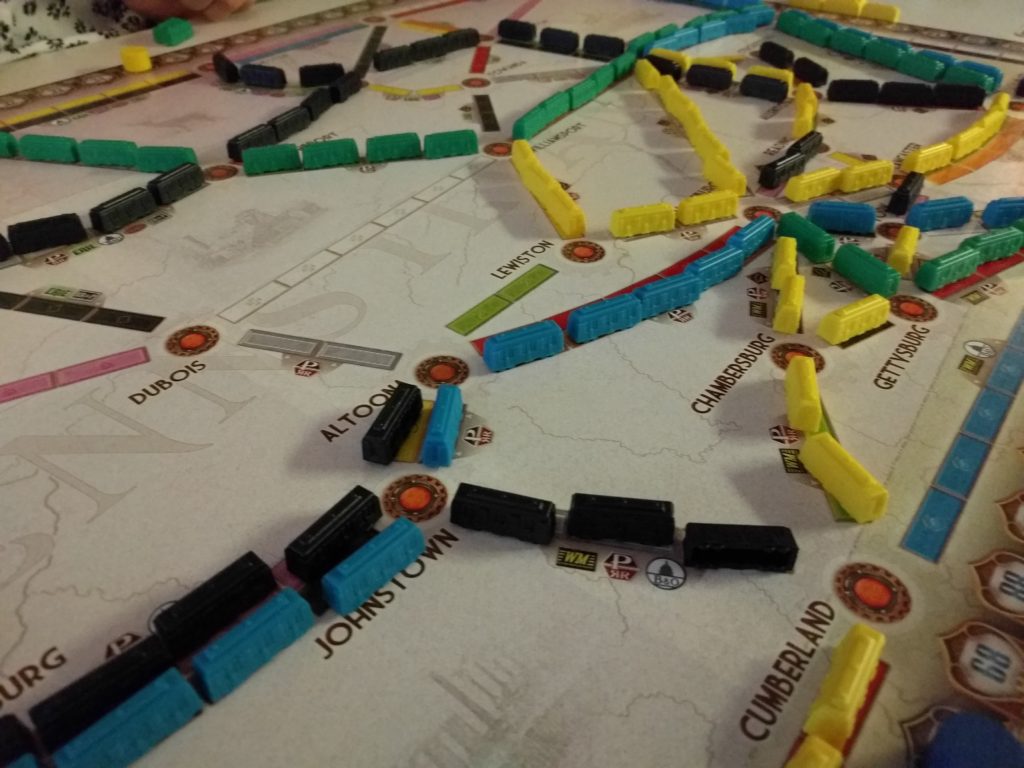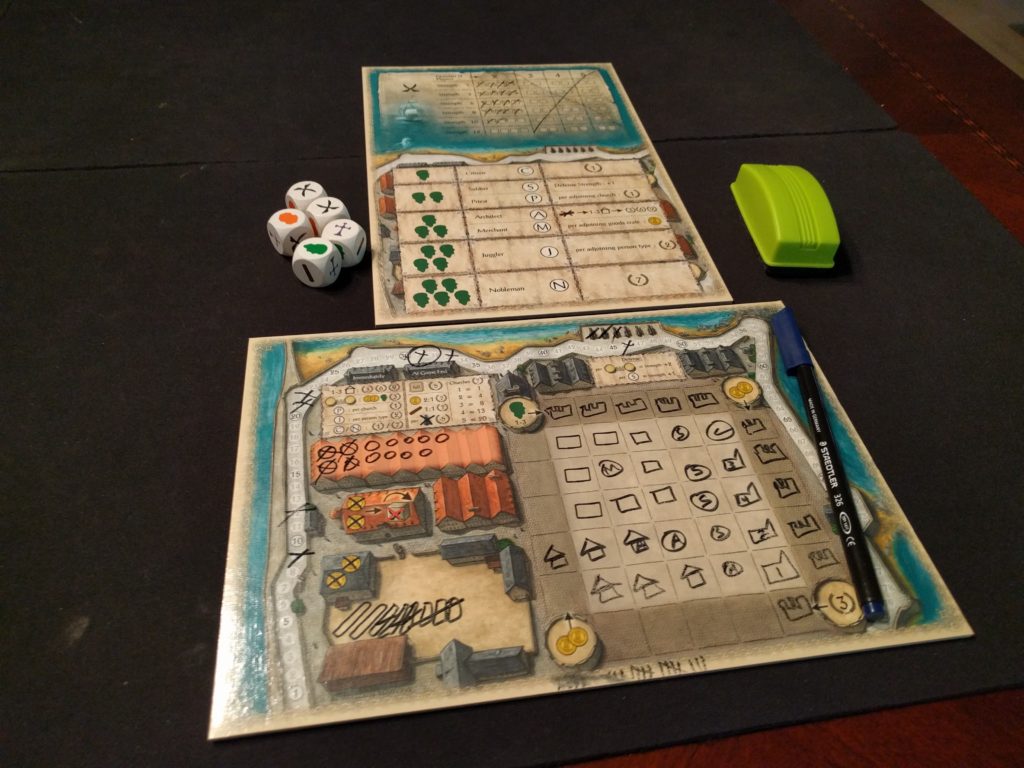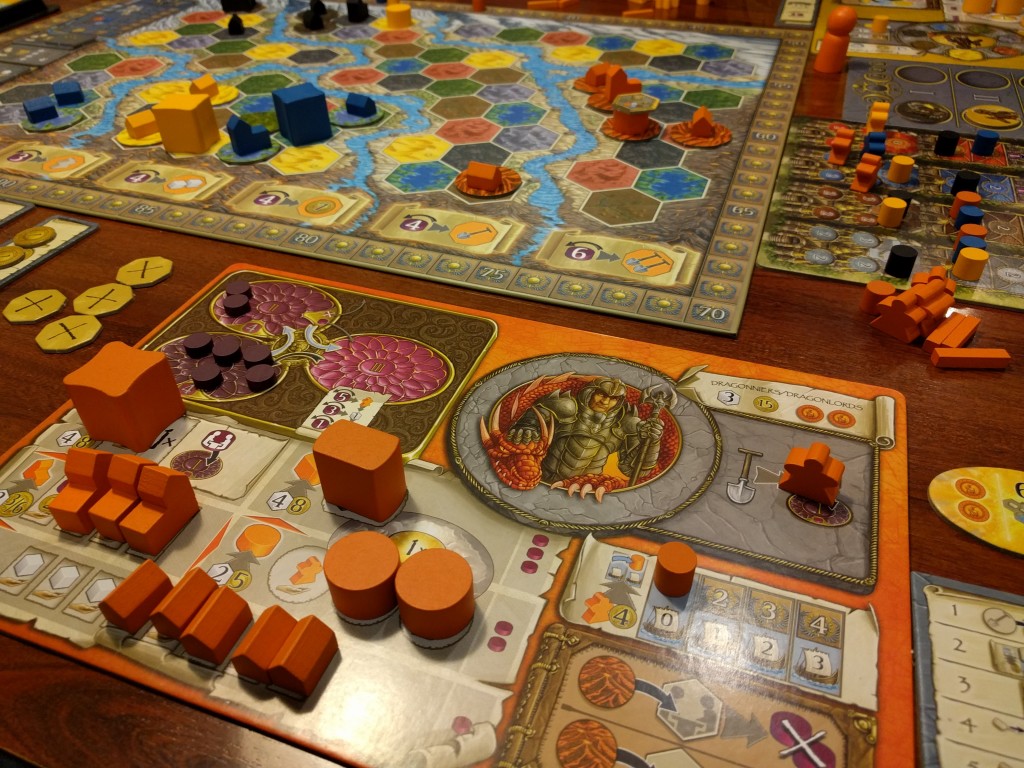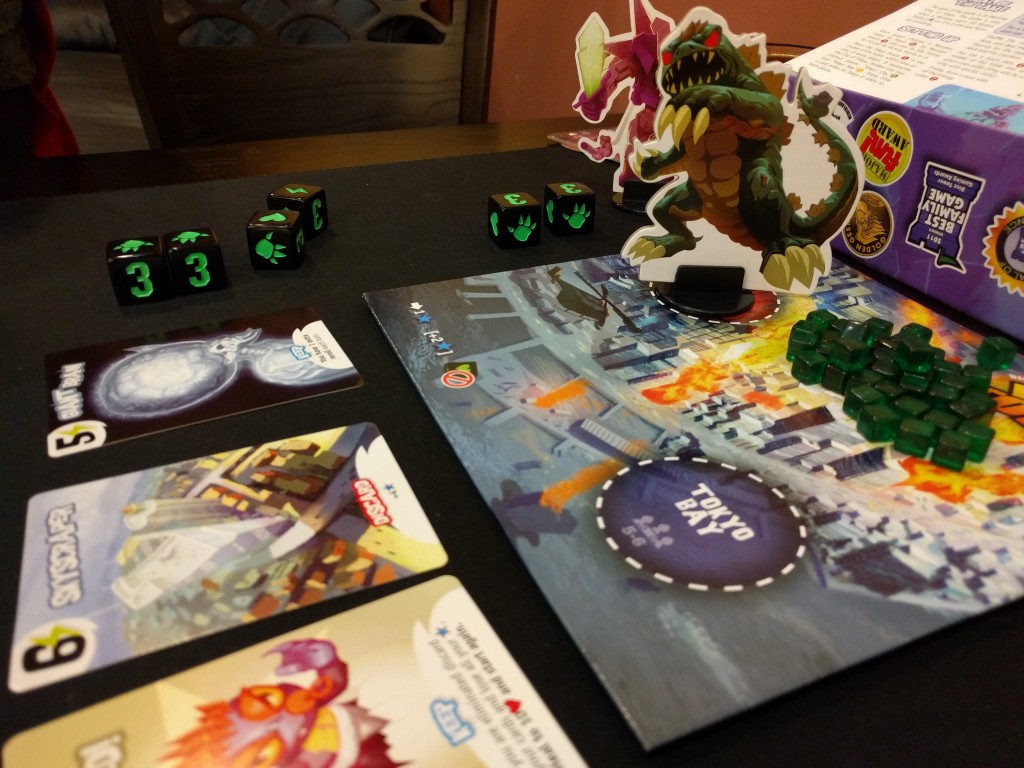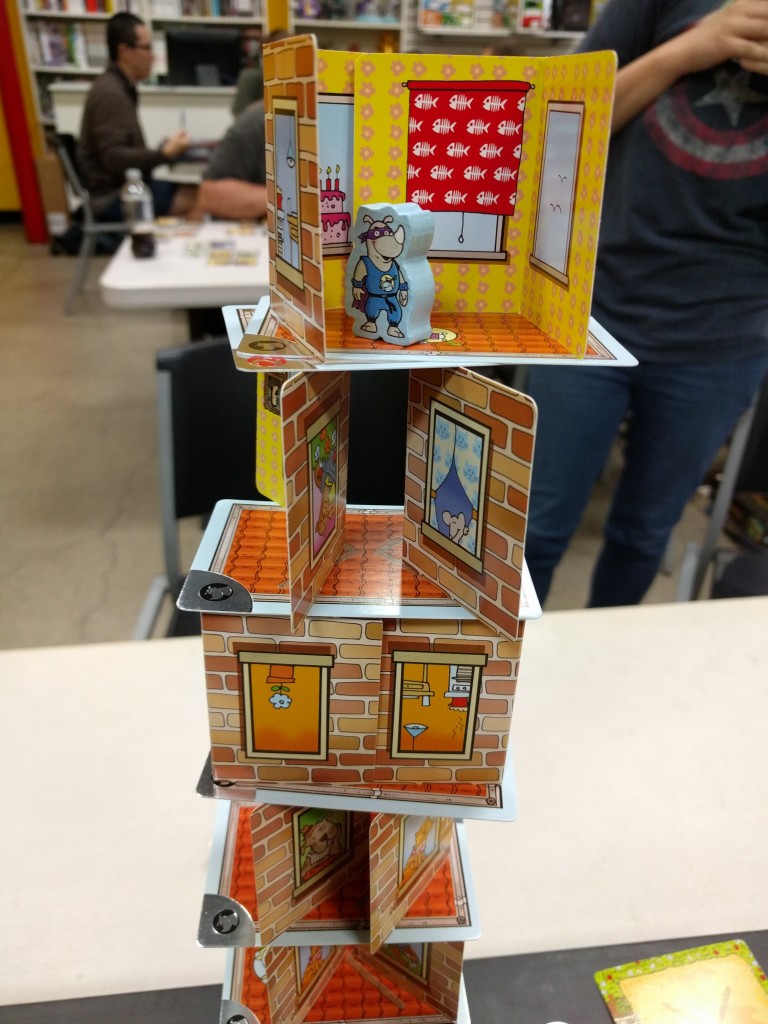I’m not the biggest fan of social deduction games. Werewolf, Mafia, SpyFall, etc.: all of these and more fell flat for me. Deception: Murder in Hong Kong was no exception. After my first play, I felt meh about it.
That meh changed into yeah last night. My Thursday night group played it and my second experience with Deception: Murder in Hong Kong was the best I’ve had with any social deduction game. The guys I played it with call it a cross between Mysterium (which I liked) and The Resistance.
The game’s theme is true to its title. There’s been a murder and it’s up to the players to figure out who amongst them is the murderer. There’s also an accomplice and a witness, but everyone’s identity is a secret. It will be up to the forensic scientist to give clues to the team to find the killer, while the murderer and accomplice try to trick the others into picking others’ cards.
Players are given a role card. One person is the murderer (the accomplice and witness are optional roles available with six or more players). The only one that will reveal themselves is the forensic scientist. Players (except the scientist) will have two rows of four face-up cards in front of them. The top row are possible murder weapons and the bottom row are possible clues.
To start the game, everybody will close their eyes except the forensic scientist. They will ask the murderer and accomplice to open their eyes and silently acknowledge each other. Next, the killer will point at a murder weapon and a clue in front of them. The scientist tells them to close their eyes. Next, the scientist will ask the witness to open their eyes and will point out who the murderer and accomplice are. The witness then closes their eyes. The scientist will ask everybody to open their eyes together.
Play begins when the forensic scientist gives out the first clue. There are six clue boards with different topics such as location, weather, relationship between the killer and victim, etc. The scientist will place one token on a board to indicate a clue. For example, they might indicate “dry” on the weather board. After all of the clues have been given out, the forensic scientist can replace two clues.
Players then discuss how that clue can fit into their cards or the other players’ cards. Obviously, it is up to the murderer and accomplice to try to steer the conversation away from the murderer’s cards. The scientist cannot speak or gesture while the team is discussing the clues. However, by listening carefully, they can pick their next clue based on the team’s conversation.
When a player feels they can make a correct guess, they state the murder weapon and clue. If they’re correct, they win and the game is over. If not, they’re out for the rest of the game. Each player gets one guess.
The first time I played D:MIHK I was part of the team trying to figure out the case. For my second play last night I enjoyed it much better as the forensic scientist. While I couldn’t participate in the team’s conversation, it was fun (and more difficult than it sounds) trying to find the right clues for them. It helped the experience that the gamers in my group are enthusiastic players in these types of games. Their enthusiasm rubbed off on me and I’m excited that there’s a social deduction game that I actually like.
